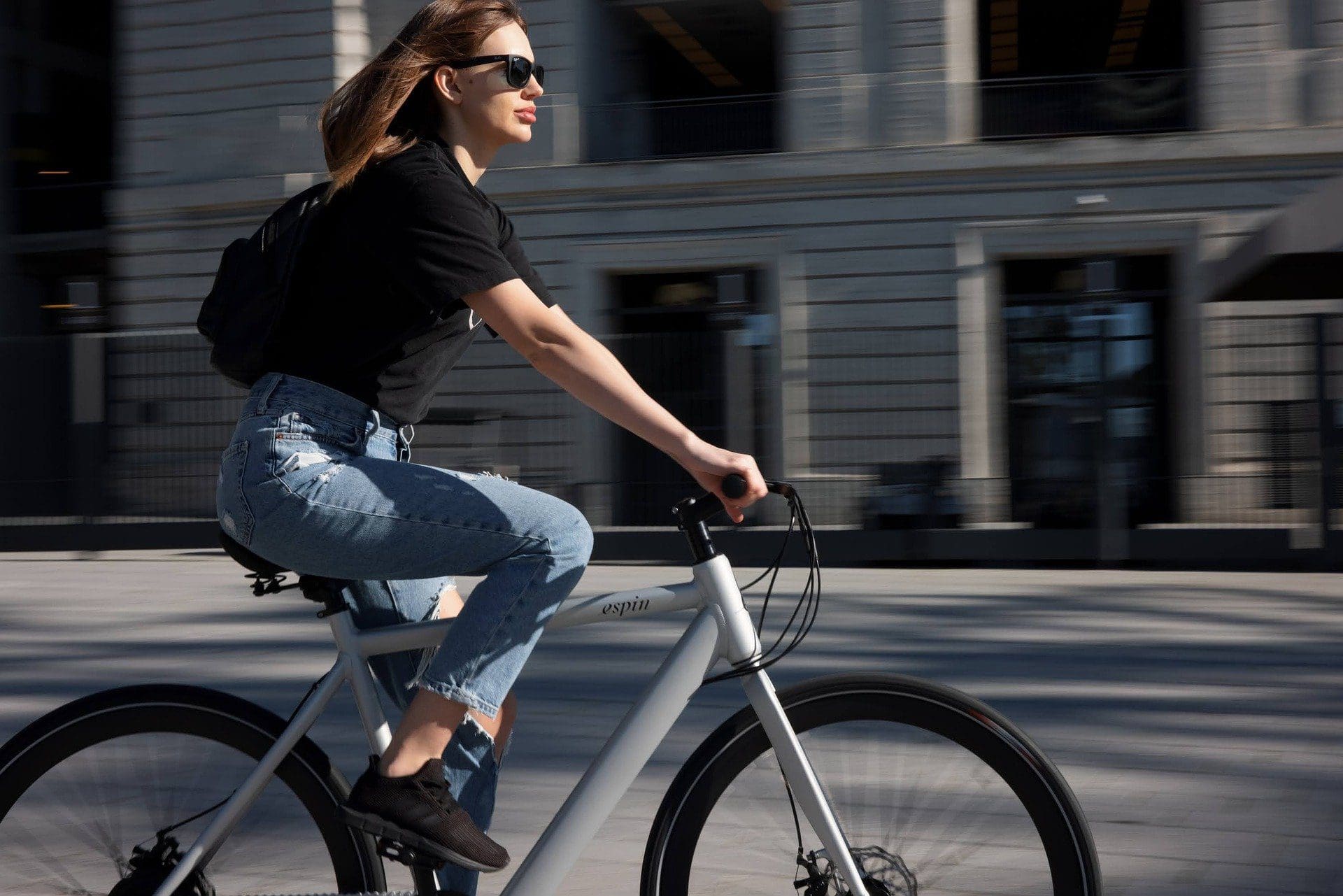Post photo: cyclist | © Pixabay | san francisco
This post first appeared on Detlef Stern's blog
At the beginning the usual disclaimer: I travel multimodally. I like to walk. If I have to, I'll use my car. I prefer to drive on the highway and serpentines. But that doesn't mean I like driving. It's more of an from A to B thing. As someone who grew up in a real big city, public transport is something I take for granted. And by the time I was a high school student, I became... Everyday cyclist. For almost a year now, with the power of electrochemistry, even supported by the employer. I'm definitely not a passionate cyclist, my mileage is around 1000-2000 km per year. Little, but relatively regularly.
Why am I writing this? I'm not a bicycle activist, even if I agree with some organizations here and there. I am also not a pedestrian activist, not a public transport activist, not a car activist, even if I more or less often agree with the relevant organizations.
For example, I think this regulation that cars now have to overtake cyclists with a minimum distance is quite good. Even if it seems that many drivers of premium priority flat rate brands do not adhere to this and like to ignore traffic sign 277.1. Sometimes one or two delivery vans or one of the local public transport vehicles are not there either. But their lack of education is a completely different problem.
In urban areas, a car like this has roughly two to three times the speed of me as a cyclist, not to mention the multiple impulse. Outside town it's often a factor of six, even if I don't always understand why 100 km/h is allowed on some streets. Gifted. I'm happy about the minimum distance.
But if you compare the difference in speed with that between a bicycle and a pedestrian, then you come to completely different factors. This can quickly reach a factor of five in urban areas. Thanks to the power of electrochemistry, many people drive at 25 km/h past those who easily walk at 5 km/h. Dog walkers have to deal with a factor of eight. And I'm not even talking about the combat cyclists who like to race through pedestrian zones on their racing bikes at more than 35 km/h and then complain about drivers who don't stop quickly enough at the zebra crossing and don't let them through. Especially since they tend to forget that this is a pedestrian (!) crossing, not a cyclist crossing.
Why is there no minimum distance here? Just because of the smaller difference in momentum? Really?
There is another type of combat cyclist. These are often those who have already bought a combat vehicle, aka SUV, as a car. Or plan it. In their free time, these contemporaries of course ride an electric bicycle, preferably a mountain bike, with armor in a similar way to a football player, of course in the city or in the surrounding area. Especially on vacation. They are armored because their vehicle controls them. And thanks to the armor, they don't care that they are happy to speed past pedestrians millimeters downhill at 40-50 km/h. Recently observed at a strolling kindergarten. Luckily at least the children had some discipline.
Is there no minimum distance between cyclists and pedestrians because this group of combat cyclists appears particularly ignorant? In many situations I think that evolution usually helps you. If the self-proclaimed lateral thinker becomes a lateral thinker, then the lateral thinking will quickly come to an end. But in this case, evolution helps the ignorant.
As already suggested, this all has to do with a kind of rearmament. Cars are becoming more and more stable, also in order to be able to compete against other cars. Other road users are retrofitting. Each is concerned with its own individual advantage, each with its own. There is no other way for me to explain this madness. The next stage of evolution is probably the armored transport vehicle. If only it weren't for the high fuel costs.
In every group of road users there are enough people who do not participate appropriately. People who think the path belongs to them. Unfortunately, neither “the market” nor evolution regulates this. Those who could regulate it are apparently integrated into the bureaucracy of their own creation. None of this is complicated; it has been around for a long time in occupational safety. Except that traffic probably doesn't fall under work:
- Avoid danger
- Replace danger
- Isolate people from danger
- Change in behavior
- protective gear
Not last thing first, btw.





